The University has designed the Vice-Chancellor’s Prestige Scholars Programme (PSP) to promote and support the intellectual breadth and depth required of young scholars to pose questions and generate knowledge in their disciplines and hence to occupy the vanguards of contemporary intellectual enquiry. The programme specifically targets members of the academic staff who are near completion, or have newly completed, their doctoral studies.
The goal is to select no more than 100 of the most promising young scholars and to make substantial investments in their development towards becoming full professors. A tailored, intensive programme of support is designated that combines international placement working alongside leading scholars in the discipline of the prestige scholar, with intensive mentorship and support from within the university.
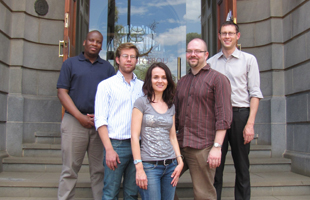
Elite young scholars on the Vice-Chancellor’s Prestige Scholars Programme generated R1,2 million in National Research Foundation Thuthuka and Blue Skies funding in 2011 alone. Dr Katinka de Wet in the Department of Sociology was awarded Blue Skies funding for her work on the Hybrid Identity of the HIV/Aids patient. Thuthuka Grant holders Drs Cilliers van den Berg, Olihile Sebolai, Dirk Opperman and Diaan van der Westhuizen work in the fields of German and Afrikaans trauma literature, microbiology, structural and evolutionary biology, and architecture, respectively. This broad disciplinary range typifies the depth and extraordinary range of scholarship present among junior academics at the UFS.
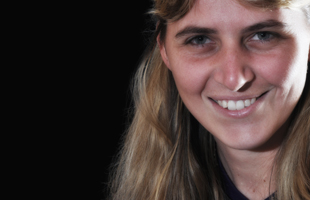
Dr Liza Coetsee, a Y2-rated physicist, is the first of the Vice-Chancellor’s elite cohort of Prestige Scholars to submit for National Research Foundation rating. Dr Coetsee works on the latest of the Nanotechnology Surface Science systems housed in our Department of Physics. As Prestige Scholar, Dr Coetsee conducts research on phosphor solar cells. Her aim is to establish a new Phosphor Solar Cell field at the University of the Free State with Proff. Hendrik Swart and Koos Terblans. As a member of the Prestige Scholar Programme, Dr Coetsee will work in collaboration both with colleagues from the Nelson Mandela Metropolitan University and Prof. Eray Aydil from the University of Minnesota and Editor-in-Chief of the Journal of Vacuum Science & Technology.

Dr Olihile Sebolai is one of the 2 Vice-Chancellor’s elite Prestige Scholars and a microbiologist. In 2011, Dr Sebolai was awarded a Thuthuka Grant for his research on the yeast pathogen Cryptococcus neoformans, the cause of life-threatening Aids-defining illnesses such as meningitis. Dr Sebolai considers how cryptococcal lipids mediate infectious processes leading to illness. An understanding of these cellular processes will offer hope for future drug development to combat the scourge of cryptococcal meningitis, annually causing the death of over half a million people in Sub-Saharan Africa. Dr Sebolai is also interested in mapping the prevalence and distribution pattern of cryptococcal meningitis in the Free State. This, in turn, will assist health authorities to manage current infections and plan appropriately for potential outbreaks. The Prestige Scholars Programme, with the assistance of the National Research Foundation, will afford Dr Sebolai the opportunity to pursue his research in laboratories in the United States and India in 2012 and 2013.
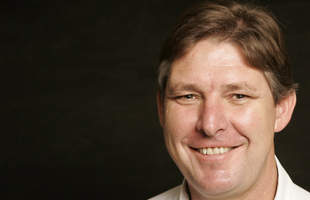
Dr Louis Holtzhausen, member of the Vice-Chancellor’s Prestige Scholars Programme, has been named by the South African Sports Confederation and Olympic Committee (SASCOC) as team doctor for Team South Africa during the All Africa Games, the largest sports event in Africa. National teams from African countries participated in 23 sports events. As an esteemed South African academic in sports medicine Dr Holtzhausens’ participation was an extension of the work already being done under his supervision at the UFS’s Sports Performance Unit. Many of the athletes who prepared at the Unit were also part of the team. Elite athletes’ illness and injury profiles are one of Dr Holtzhausens’ research focus areas. The exposure to this group in competition was of great value in the identification and development of research niche areas.

The South African Society for Microbiology awarded Dr Chantel Swart-Pistor, a Prestige Scholar on the Vice-Chancellor’s elite programme, the top prize for her PhD during a recent gala dinner in Cape Town. Dr Swart-Pistor accomplished a breakthrough in the field of nanotechnology with The influence of mitochondrial inhibitors on zoospore and ascospore development. Her supervisor, Prof. Lodewyk Kock and co-supervisors, Dr Carolina Pohl and Prof. Pieter van Wyk, also stressed the important collaboration with Proff. Hendrik Swart (Physics) and Pieter van Wyk (Centre for Microscopy), which made Dr Swart-Pistor’s work possible. She has presented her work in Beijing (Medichem 2011) and Philadelphia (Biotechnology-2011). She has been invited to return to China in 2012.
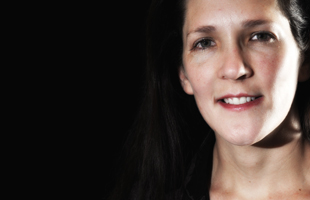
Dr Lizette Erasmus, scientific chemist and one of the Vice-Chancellor’s Prestige Scholars, has just returned from a three-month-long research visit to Prof. Hans Niemantsverdriet at the Technical University of Eindhoven in The Netherlands and the University of California, Davis. Dr Erasmus specialises in heterogeneous catalysis. Her visit to Prof. Niemantsverdriet, one of the global experts in the field of surface science, served to round of existing research. In California, Dr Erasmus visited her mentor, Prof. Bruce C. Gates, as part of the objectives of the Rector’s programme for the internationalisation of young researchers. Prof. Gates, an expert in catalysis, could contribute to Dr Erasmus’ research on the characterisation of heterogeneous catalysis and catalytic reactions. In exchange, her expertise in organometallic synthesis added value to Prof. Gates’ existing research. Their continued collaboration gave availed them of the opportunity for interdisciplinary interaction between engineering (Prof. Gates’ speciality) and chemistry, and promises to contribute to increased collaboration between the two universities in future.
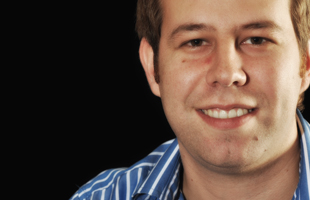
Dr Dirk Opperman, specialist in structural and evolutionary biology and National Research Foundation Thuthuka Grant holder, joined the Vice-Chancellor’s Prestige Scholars Programme after his postdoctoral work at the Max Planck Institute (KOFO) in Germany. Dr Opperman is the recipient of institutional seed funding to establish a protein crystallisation unit, which in turn led to the donation in 2011 of a multi-million Rand X-ray diffractometer¬ from the University of the Western Cape to complement his existing access to international synchrotrons. Dr Opperman is spending part of 2011 at the University of Exeter (UK) to further his research into the three-dimensional structures of specific enzymes and their trajectories of evolution to specific functions.
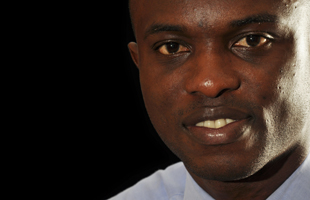
Abiodun Ogundeji is a member of the Vice-Chancellor's Prestige Scholars Programme. Abiodun's work was recently recognised when he and his co-authors received an award for the best contributed paper at the 49th annual conference of the Agricultural Economics Association of South Africa on the topic, Impact of climate change on planning and dealing with flood disasters in South Africa: A case study of Soweto on Sea. The paper was co-authored by Prof. Giel Viljoen from our Department of Agricultural Economics and Herman Booysen, as well as Gawie du T. de Villiers, Research Associates in the Department of Geography. Abiodun is currently conducting invaluable research on the quantification of the economic value of climate change impacts and the benefits and costs of adaptation in South Africa.